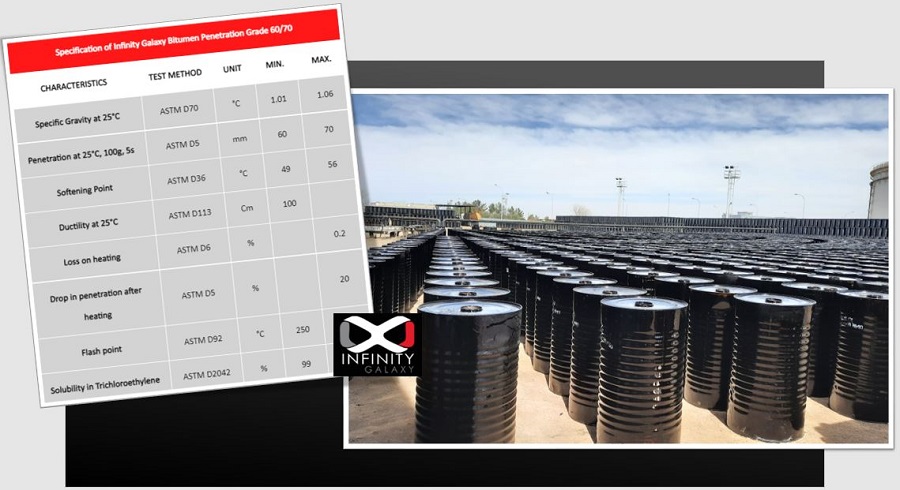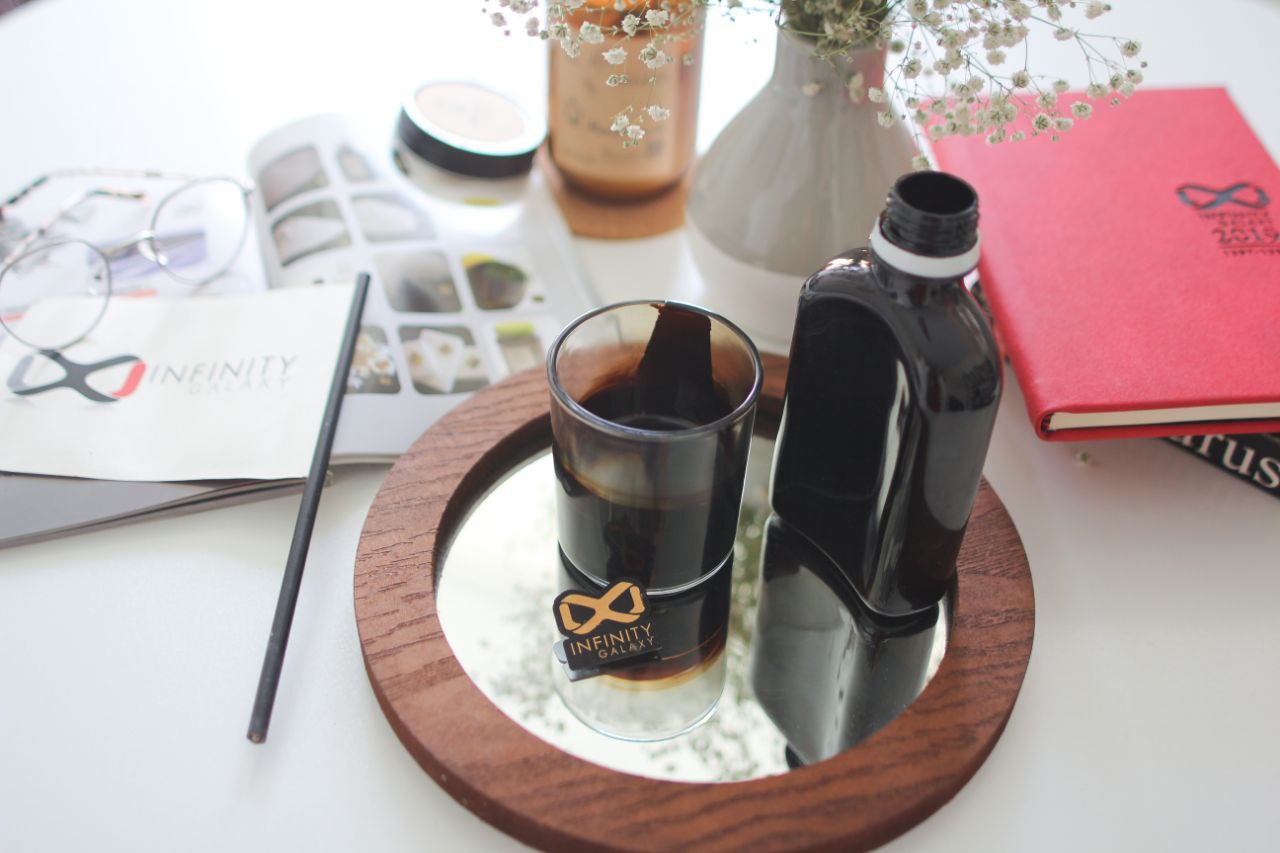The Spot test of bitumen is performed to obtain the quality of bitumen.
To perform this test, a 2g of bitumen sample is dissolved in a proper solvent. Then a small drop of the solution is dropped onto a filter paper.
If the appearance of the bitumen solution’s drop is completely brown, the test is negative, and the sample has good quality.
When the solution drop is brown with a black centre, it is a positive result. This result indicates that during the refinery’s overheating, bitumen was damaged.
This test is applicable for extracted bitumen from crude oil. Natural bitumen with substances insoluble in xylene (as an organic solvent) should not be used for bitumen spot testing.
In refineries with high technology, crude oil is heated at the correct temperature, and bitumen is not damaged by overheating. See the bitumen manufacturing here.
The bitumen spot test steps are shown in the video below:
What is the Importance of the Spot Test of Bitumen?
In refineries, bitumen is extracted from crude oil by heating. A high heating temperature can cause bitumen cracking which means that its molecules separate.
Cracked bitumen is not a good binder because it is not ductile enough and cannot stick the aggregates well together.
Also, it is sensitive to the aging process.
The negative spot test confirms the bitumen quality. On the other hand, a positive spot test indicates that the bitumen does not have a proper quality.
Apparatus and Procedure of Spot Test of Bitumen Based on AASHTO T 102
– Apparatus
| – Florence/boiling flask with 50 ml capacity | 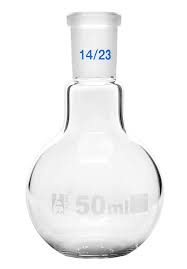  |
| – Stopper | 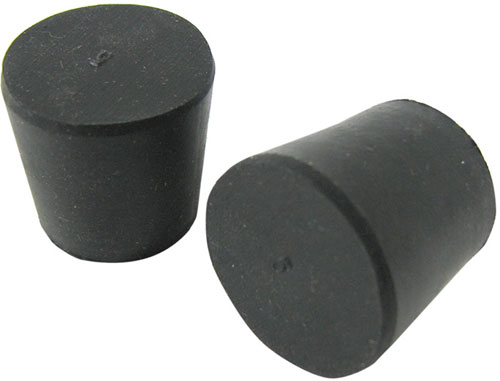  |
| – Filter paper (Whatman) | 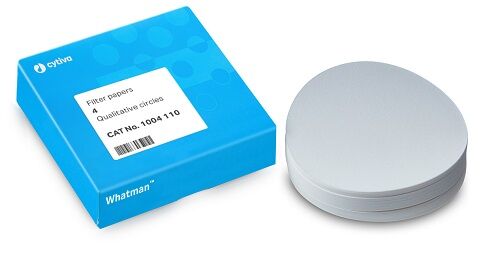  |
| – Pipette or burette |   |
| – Digital balance |   |
| -Water bath – Glass plate – Thermometer |
– Materials
Three solvents can be used for spot test of bitumen:
1- Standard naphtha
2- Pure xylene
3- Normal heptane
– Procedure
1- Place 2 gr of bitumen sample in the flask. If the sample is solid, heat the flask until the sample becomes liquid.
2- Place 10 ml of solvent into the flask using a pipette or burette.
3- Put a stopper on top of the flask quickly. Rotate the flask for 5 seconds and place the flask in the boiling water for 55 seconds.
4- Repeat process number 3 until the sample completely dissolves in the solvent.
5- Let the sample cool at room temperature.
6- Place the flask in the water bath at 32 degrees Celsius for 15 minutes. Stir the solvent with a clean stirrer.
7- Put a drop of bitumen on the paper filter (Whatman paper).
8- If the trace of the drop is brown with a black centre, report the test positive.
9- If the trace of the drop is completely brown or yellowish-brown, put the stopper on the flask. After 24 hours, repeat the test.
10- Again, place the flask in a water bath for 15 minutes and put a drop of solution on the filter paper.
11- If the trace of the drop is brown with a black centre, report the test positive. But for the completely brown or yellowish-brown trace, report the test negative.


